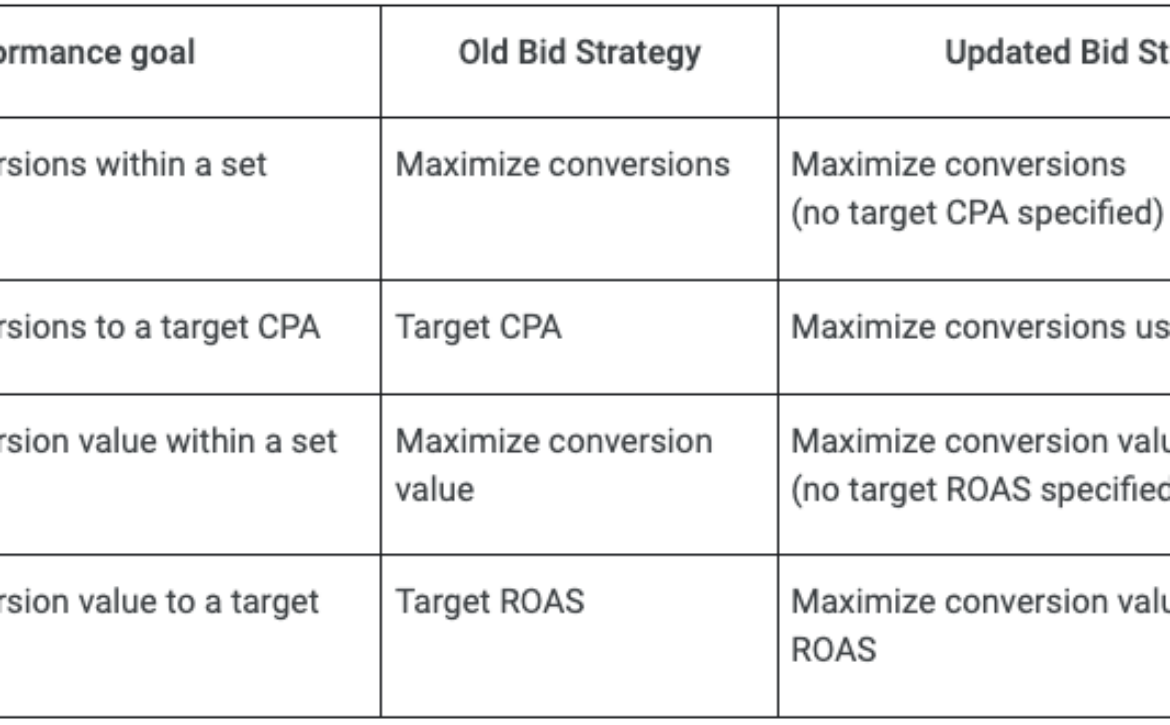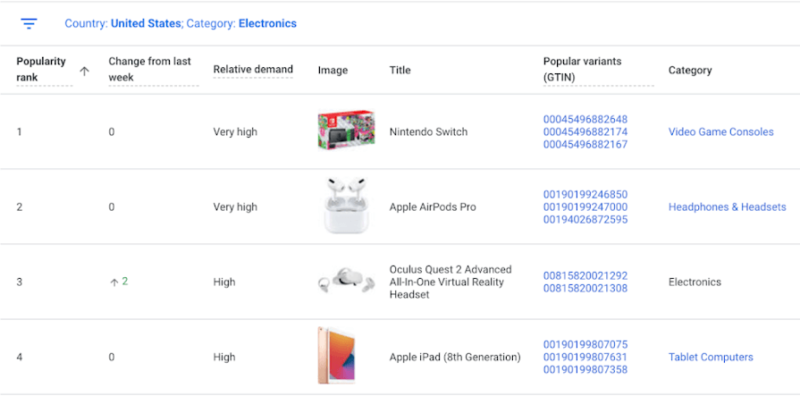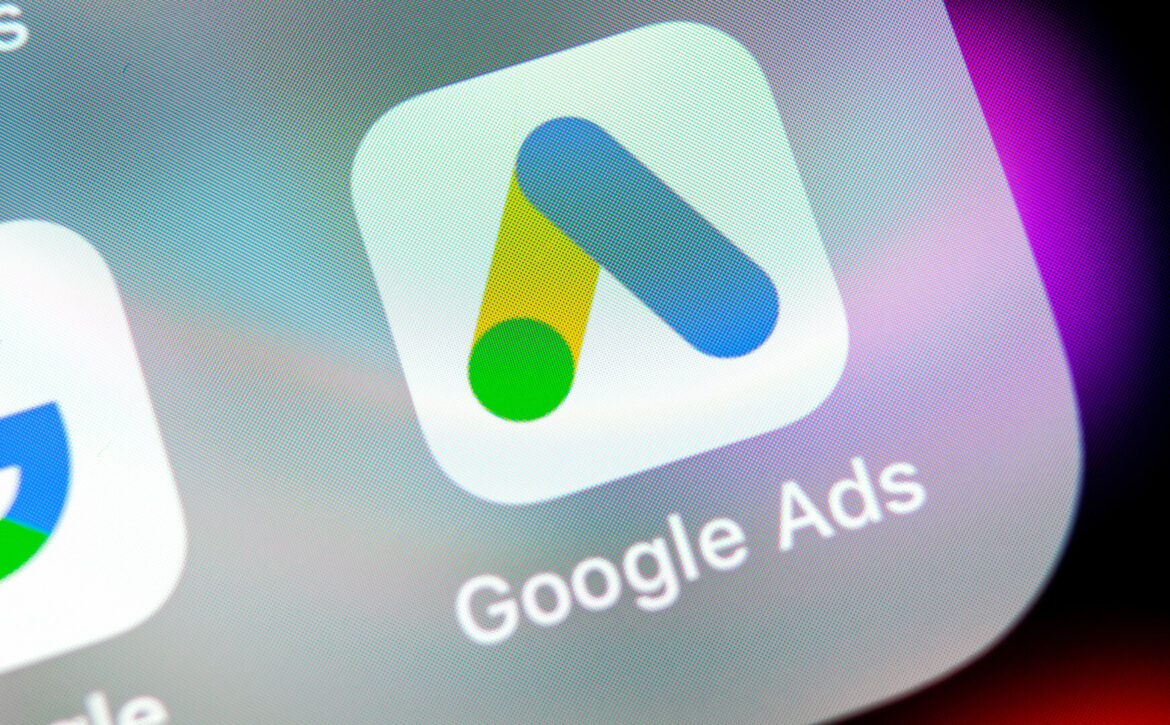Google removes standalone Maximize conversions and Maximize conversion value strategies
Advertisers will no longer see the Maximize conversions and Maximize conversion value bid strategies for search campaigns, Google announced Thursday. As per the company’s announcement back in April, Maximize conversions will continue to be available with an optional target CPA and Maximize conversion value will be available with an optional target ROAS.
tCPA and tROAS are going away soon. “In the next few weeks, you’ll no longer have the option of using the old Target CPA [tCPA] and Target ROAS [tROAS] bid strategies for standard campaigns,” Google said in the announcement, “Instead, use the updated bid strategies by setting optional targets. This update only applies to campaign-level strategies; portfolio bid strategies will be updated next year.”
This means that, sometime in the next few weeks, advertisers will lose the ability to create new campaigns via the old tCPA and tROAS strategies, but existing tCPA and tROAS campaigns will continue to function as usual — at least until Google migrates the campaigns over to the new format sometime in 2022.
Why we care. This update will not affect bidding behavior: “Using Maximize conversions with a target CPA will have the same bidding behavior as Target CPA,” Google said, “Likewise, using Maximize conversion value with a target ROAS will have the same bidding behavior as Target ROAS.” PPC professionals should be aware of this change so they know how to create the appropriate campaigns moving forward.
For now, existing tCPA and tROAS campaigns will continue to run as usual. “We’ll give advance notice before automatically switching these old bid strategies to the new format in 2022,” Google said, “This switch will not have any impact on bidding behavior.”
The post Google removes standalone Maximize conversions and Maximize conversion value strategies appeared first on Search Engine Land.







